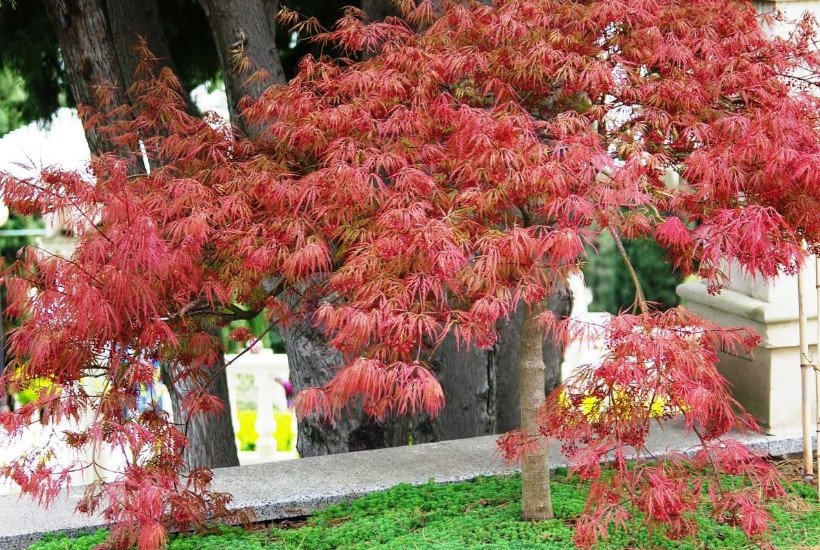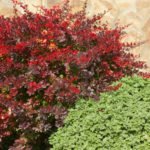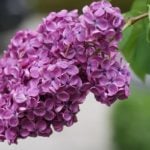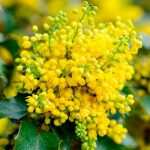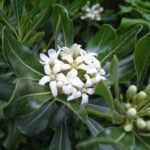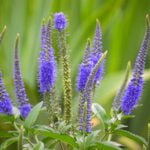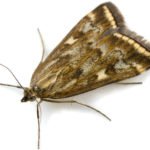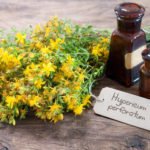So it’s time to get acquainted with the largest representatives of the red leaves — trees with purple, Burgundy, purple foliage.
Without any doubt, they are spectacular, which look gorgeous on any background.
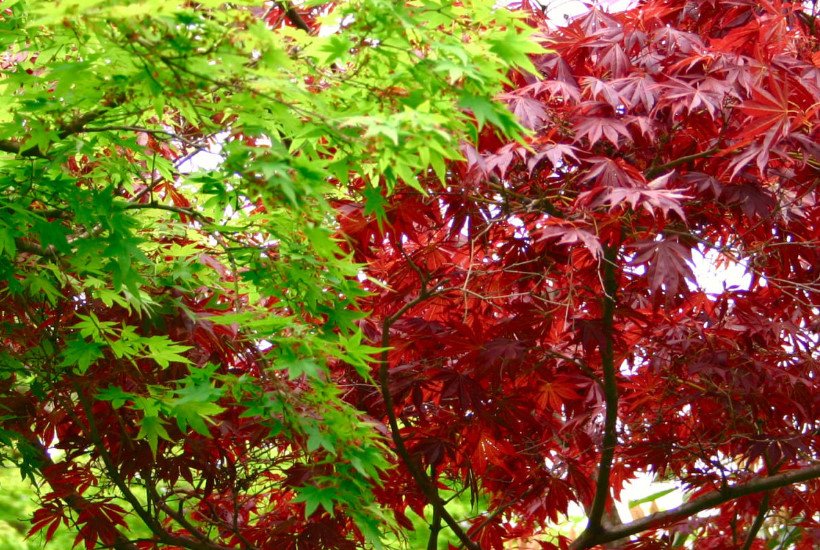
These are not only large maples, Apple trees, plums, but also small trees that can be used in small dachas: red-leaved birches, beeches grafted onto trunks.
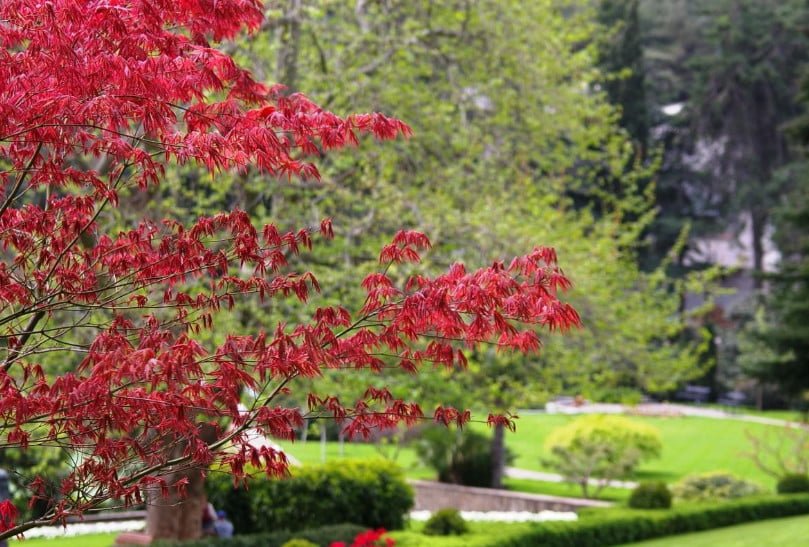
In the South love and often used in the design of cherry plum ‘Pissard’.
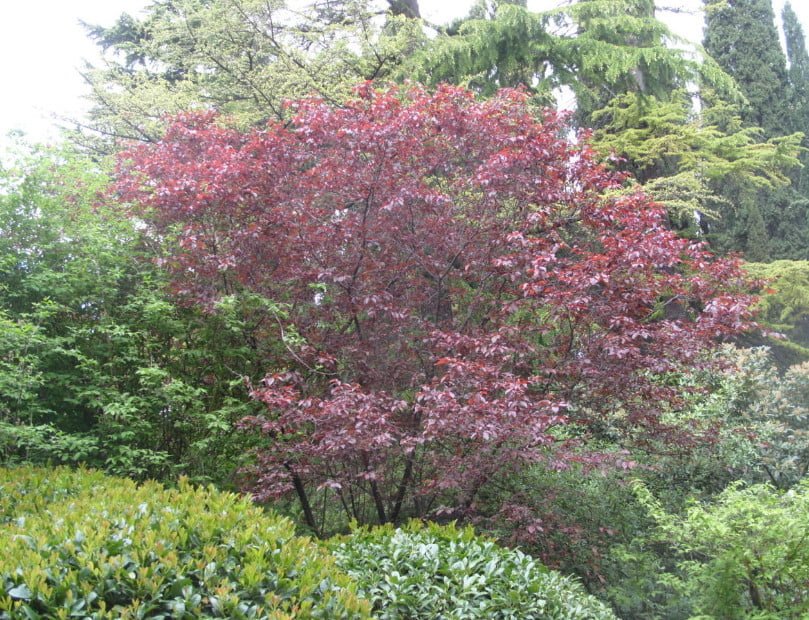
Red-leaved trees find their place in cottages of any style: maples, plums, Apple trees are in demand in Japanese gardens.
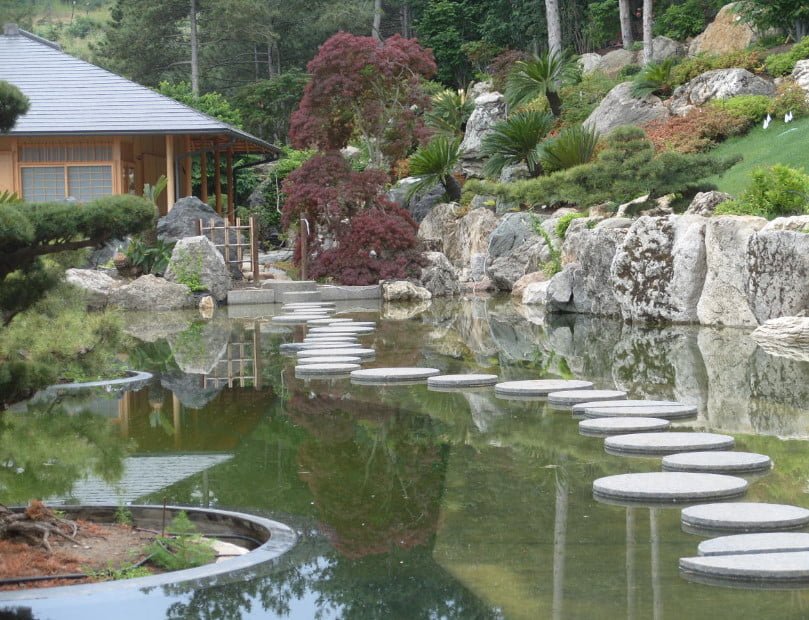
They are luxurious in the cottages in the landscape style.
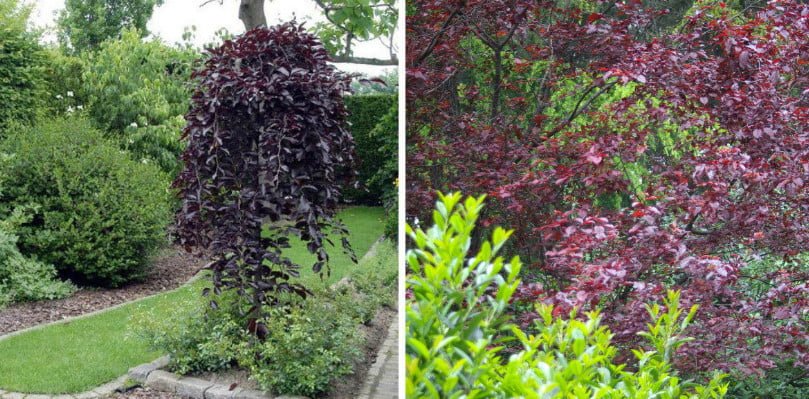
It is clear that the cottages are different in size, and the trees — in size. Let’s divide the trees into groups:
- large — more than 20 m;
- average-10-20 m;
- small — 5-10 m.
Red-leaf trees for large cottages
For the middle band fit varieties Acer platanoides:
- ‘Goldsworth Purple’ – leaves red-purple, young-wrinkled;
- ‘Crimson King’ – leaves first red-purple, then-dark purple, red-yellow flowers.
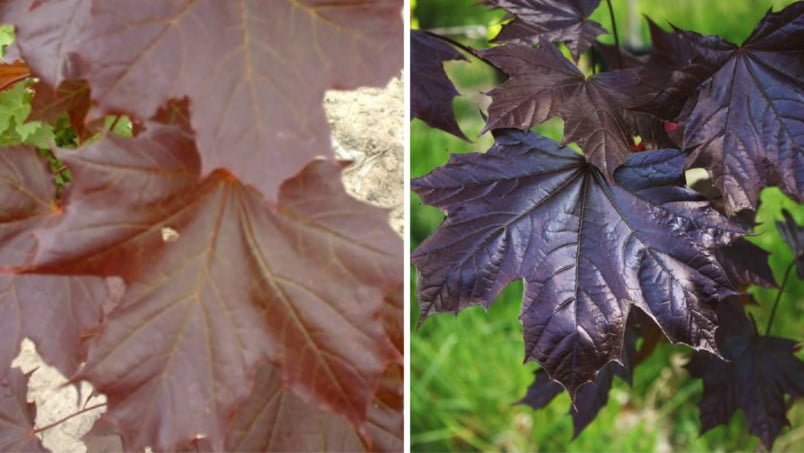
At a young age (up to 10 years) grow rapidly. Shade-tolerant, but only in the open sun the beauty of the leaves becomes brighter. Both are demanding on soil fertility and moisture. In hot and dry summers watering is required. Propagated by vaccination. The second variety is more winter hardy.
Very interesting and sort of ‘Faassen’s Black’.
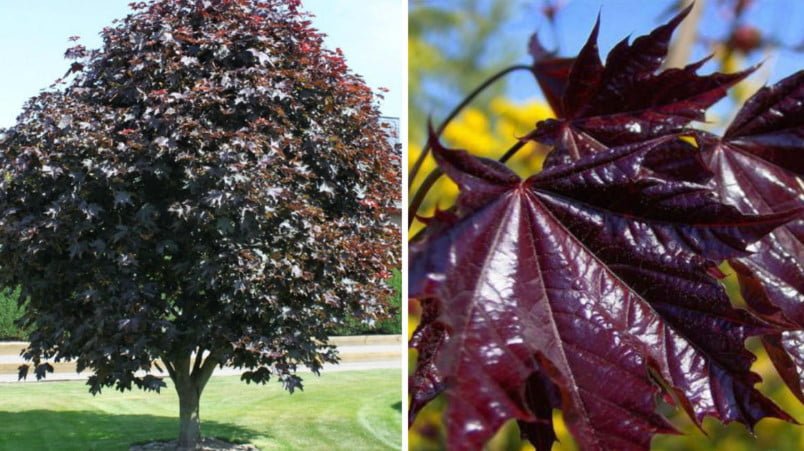
It reaches a height of 25 m; leaves shiny, young — bronze-red, then-dark red, and the color is maintained throughout the growing season.
On a large lawn will look spectacular Fagus sylvatica ‘Dawyck Purple’ with a narrow crown and purple leaves.
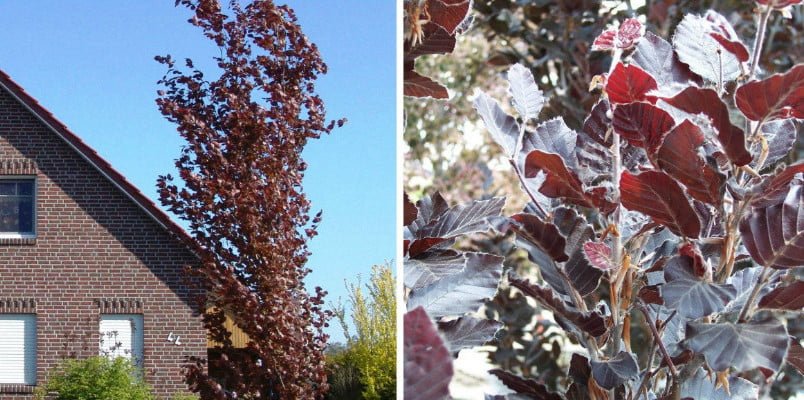
It can be planted in the recreation area, creating a place of relaxation under a single tree. In the South reaches a height of 20 m and a width of 5 m, in the middle band will grow much lower, will freeze.
Red-leaved trees for middle cottages
For giving of the average size will approach:
- Acer platanoides ‘Royal Red’ – 6 m high and 5 m wide, leaves bright red;
- ‘Crimson Sentry’ — with a height of 12 m and a width of 5 m, with narrow vertical foliage and red-purple leaves.
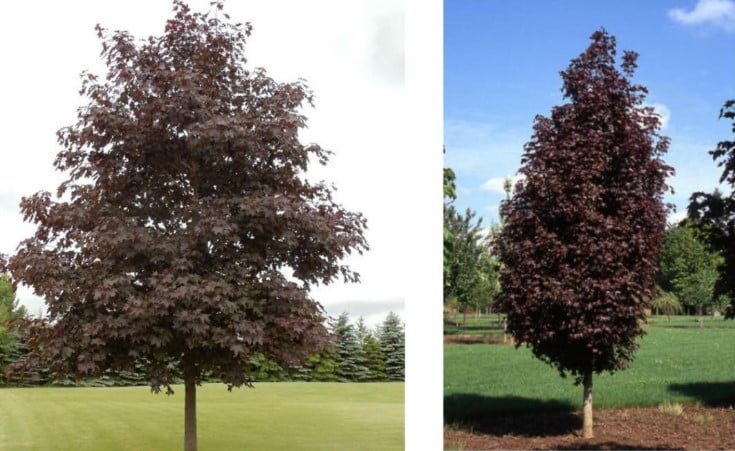
They grow quickly, bloom, not capricious. Propagated by vaccination.
In the southern regions appeared Catalpa x erubescens ‘Purpurea’ – a sprawling tree height and width of 15 m, with wide conical leaves 25-40 cm long, young — dark purple, later-dark green.
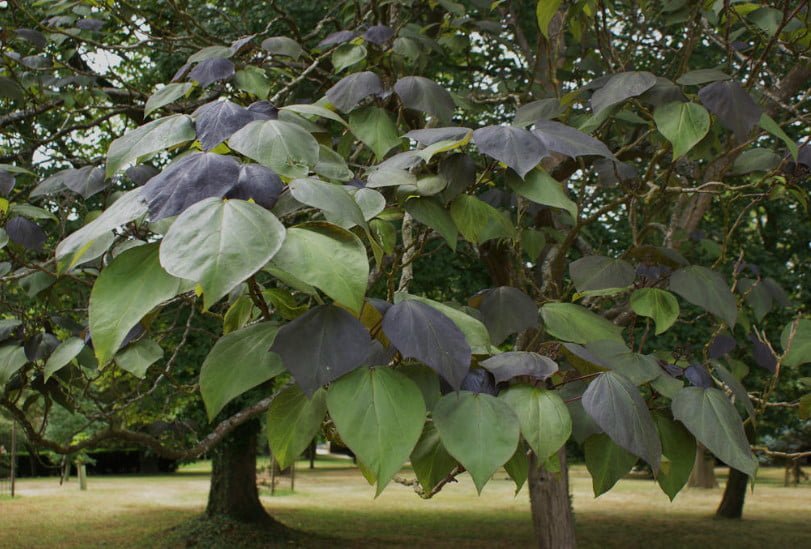
Additional decor-white flowers with yellow and purple spots, up to 5 cm in diameter, collected in brushes up to 30 cm in length,and fruits up to 40 cm in length. Prefers semi-shaded places with moist soil; young specimens can freeze.
For medium and small villas, especially in the southern arid regions, is the best fit unpretentious Gleditsia triacanthos ‘Rubylace’ – upright tree height of 10 m —
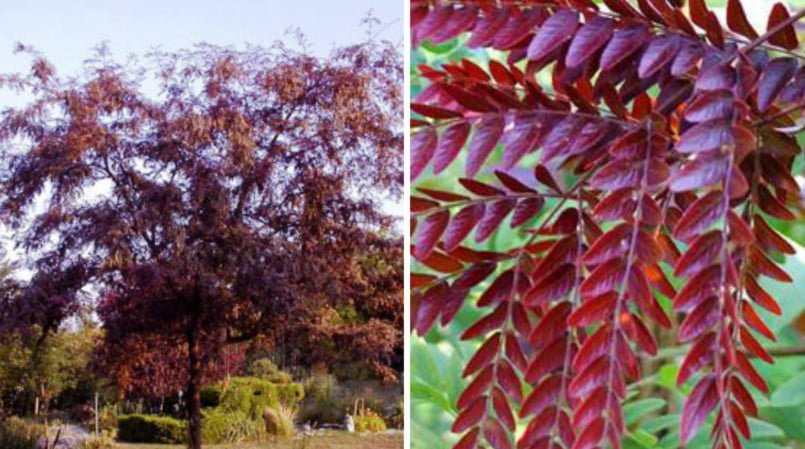
Luxurious its young dark bronze-red leaves, which by mid-summer become bronze-green.
Red-leaf trees for small cottages
On a small southern dacha, especially in the East Asian style, the only instance of Acer palmatum will be harmonious.
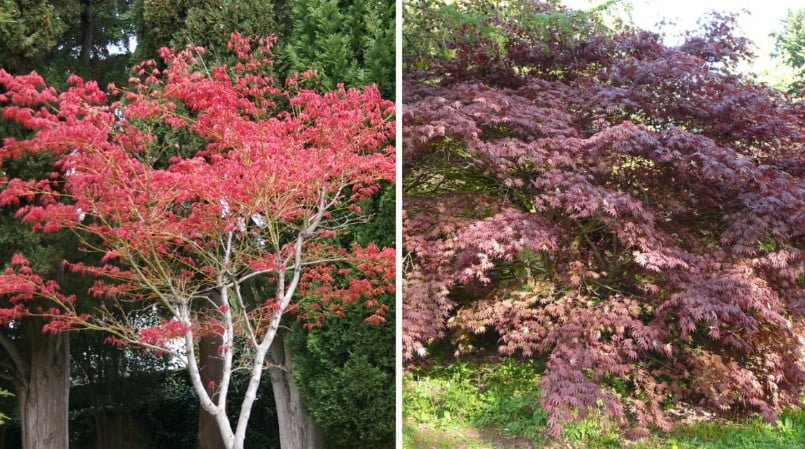
Its varieties with Burgundy and red leaves are fascinating, causing delight and admiration! It:
- f. atropurpureum, syn. ‘Atropurpureum’ — leaves deeply lobed, red-purple, autumn-bright red, like burning;
- ‘Beni-kagami’ – height and width 8 m, weeping, leaves 5-lobed, red-purple;
- ‘Bloodgood’ – height and width 5 m, leaves 5-lobed, red-purple, red fruit;
- ‘Burgundy Lace’ – 4 m high, 5 m wide, 5-lobed leaves, dark purple;
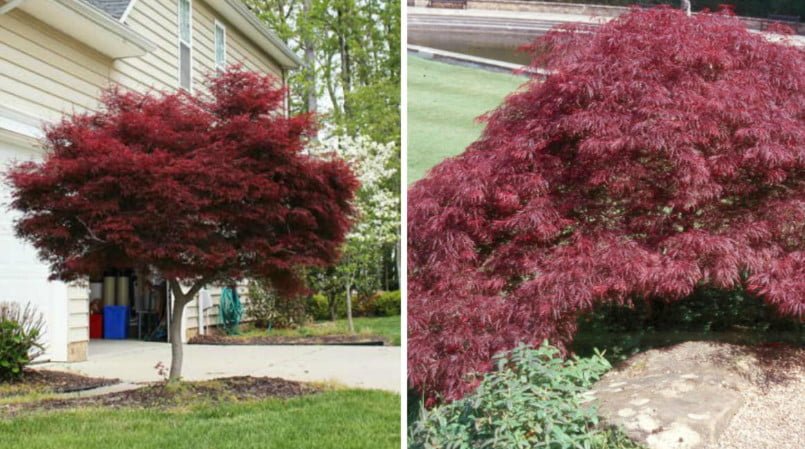
- ‘Chitoseyama’ – height 2 m, width 3 m, leaves 7-lobed, deep-split, crimson-green, autumn-purple-red);
- ‘Crimson Queen’ – height 3 m, width 4 m, arched shoots, leaves openwork, finely divided;
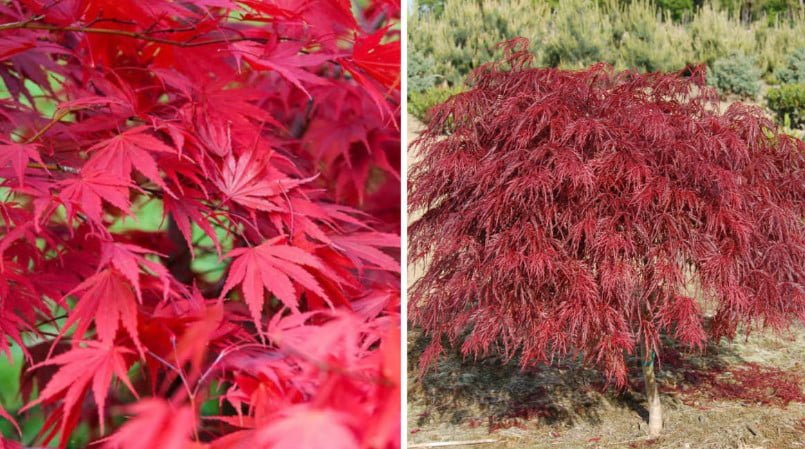
- ‘Dissectum Atropurpureum’ – leaves red-purple;
- ‘Garnet’ – leaves red-purple;
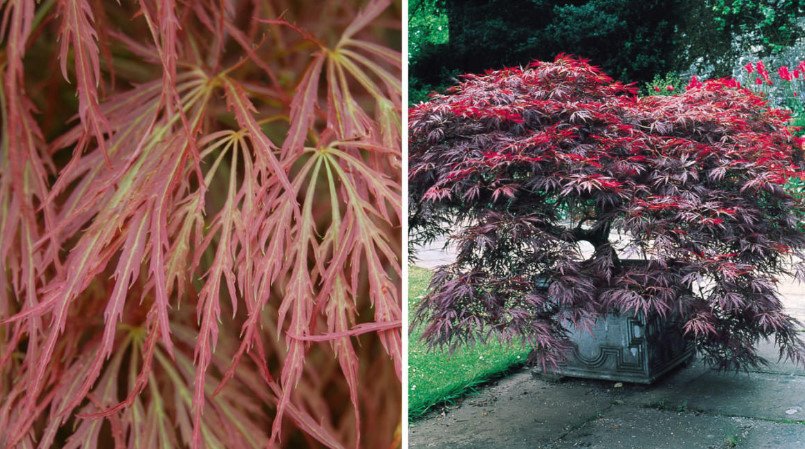
- var. heptalobum ‘Rubrum’ – leaves dark red-purple;
- ‘Linearilobum Atropurpureum’ -shoots red-purple.
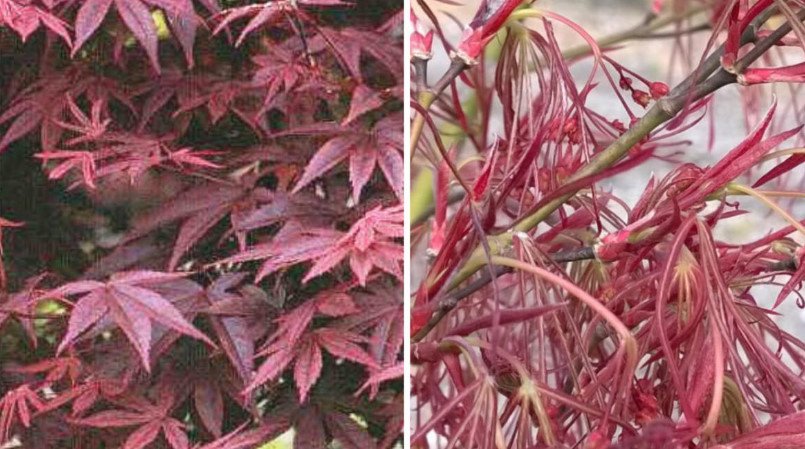
Once you see the maple in the autumn decoration, you understand why the Japanese every last Sunday in October held a national holiday ” it’s time to admire the reddening foliage of maples.”
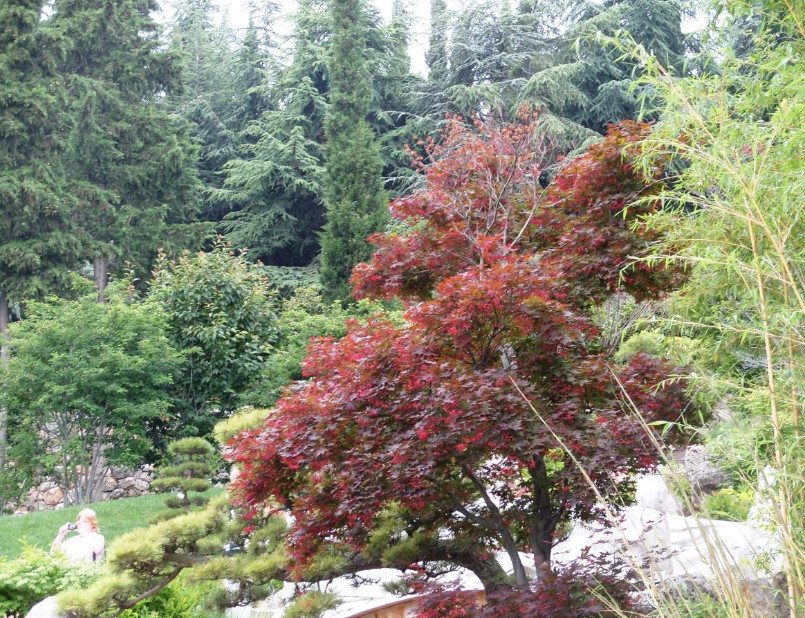
They are demanding to soil and moisture, thermophilic (withstand up to -15°C). Propagated by vaccination.
Capricious Japanese maples can be replaced by red-leaf forms and varieties of Fagus sylvatica, which do not cause problems in the southern regions, and in the middle zone they freeze and do not reach their optimal habit (appearance). It:
- f. purpurea-copper leaves (autumn) – for a large garden;
- ‘Purpurea Pendula’ – height and width of 3 m, weeping crown, leaves dark purple-for a small garden);

- ‘Riversii’ — dark purple leaves;
- ‘Rohanii’ – deeply dissected leaves, purple.
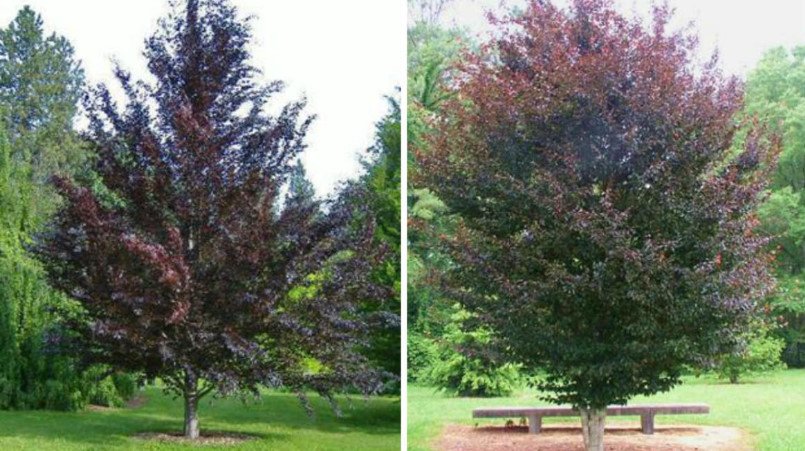
Tolerate the winters of the middle band, growing up in low trees, Apple trees (despite the fact that the British give them critical winter minimum -15°C) and plum with Burgundy leaves. But the main advantage of these trees — purple-crimson, pink flowers, blooming in the spring. They are also interesting in fruiting, when strewn with small red fruits. And, if flowering is limited to may, and fruiting September-October, the leaves retain red, purple, later-bronze color throughout the growing season.
In Central one of the most common red — leaved Apple trees-Malus ‘Royalty’. Spreading tree height and width of 8 m, oval leaves, up to 10 cm, dark red-purple, retain color and turn red in autumn.
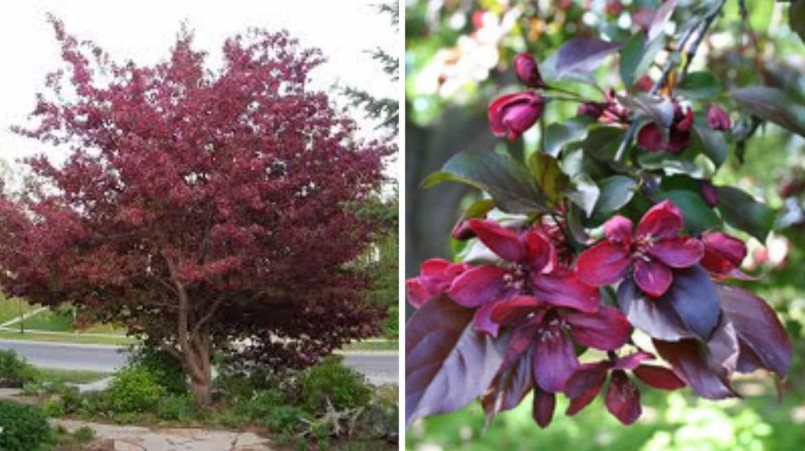
In Prunus serasifera ‘Pissardii’ – trees height of 8 m, dark crimson leaves do not change color throughout the growing season.
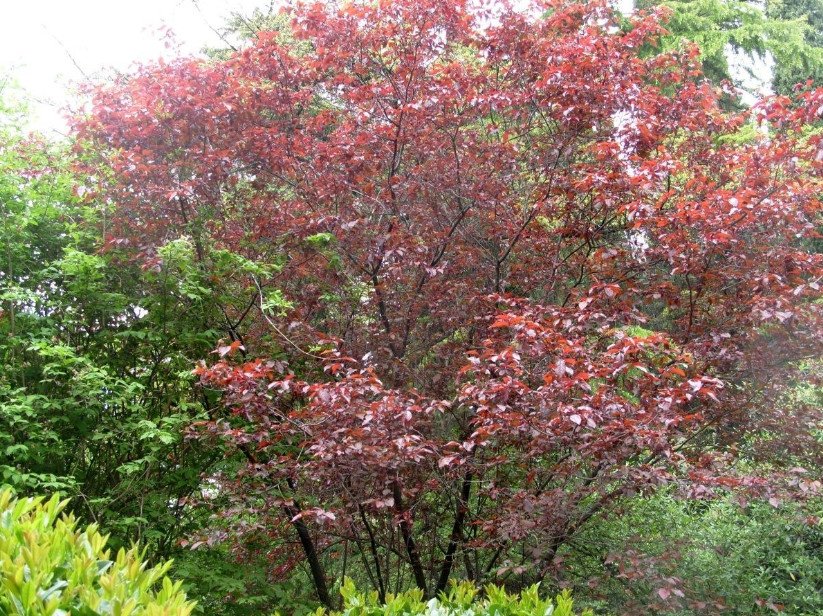
In the Northern regions, it can freeze; photophilous, prefers fertile moist soil, does not tolerate stagnant water. It tolerates pruning well; stronger pruning is used to increase yield.
Recently in demand in the cottages Betula pendula ‘Purpurea’ – 10 m high, 3 m wide, leaves with a copper-Burgundy tint.
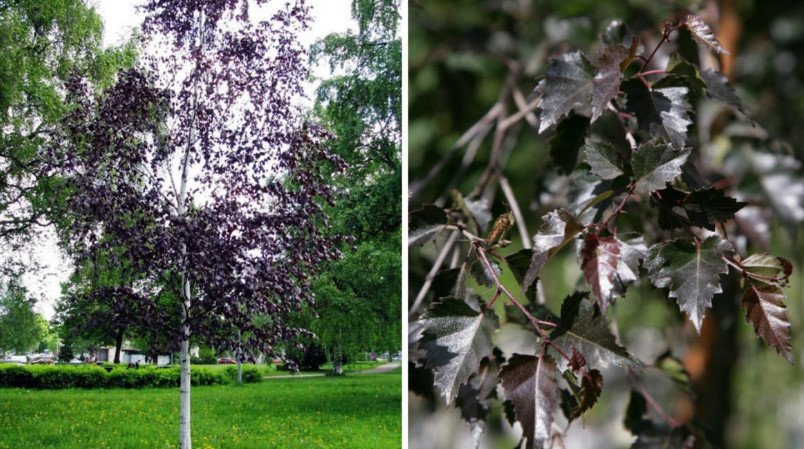
In the South it is beautiful, and in the middle band strongly freezes, because of what does not grow to normal size. In addition, today the red-leaved forms have:
- Aesculus x neglecta ‘Erythroblastos’;
- Cercis canadensis ‘Forest Pansy’;
- Quercus;
- Prunus persica.
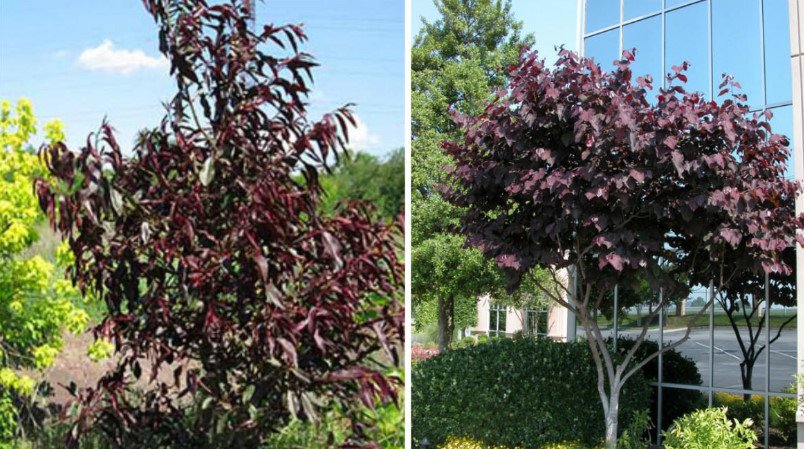
So ended our little excursion into the interesting world of plants with red leaves: herbaceous species, forms and varieties, red — leaved shrubs and, finally, the trees-they are all pleased with their beauty. Thanks to these plants garden be more interesting, more effective, composition — contrast, the flowers brighter. Do not be afraid to settle them in their possessions, the main thing — to know the measure, do not oversaturate their favorite cottage.
